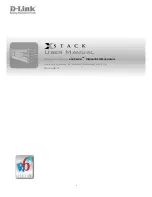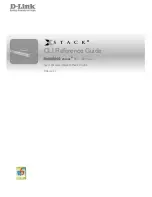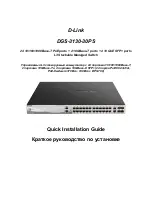
Appendix B: Using Models 707A and 708A compatibility mode Models 707B and 708B Switching Matrix Reference Manual
B-2
707B-901-01 Rev. A / August 2010
NOTE
Models 707B and 708B channel notation is different than on the Models 707A and 708A. For Models
707A and 708A, the slot number is built into the column number. For Models 707B and 708B, the slot
number is the first number of the channel notation. For example, in Models 707A and 708A,
crosspoint "A56" refers to slot 5, row A, column 8. This same crosspoint appears as "5A08" on the
Models 707B and 708B front-panel display. However, with DDC emulation enabled, the Models 707B
and 708B will accept "A56" and close the correct crosspoint.
Timing issues
The Models 707B and 708B run much faster than their predecessors. When using code from an older
switch model, be aware that timing problems could be introduced into the system.
Digital interface
When you are using Model 707A or 708A compatibility mode, the digital I/O is fixed as follows:
•
Digital input: Digital I/O lines 1 to 6
•
Digital output: Digital I/O lines 7 to 12
•
External trigger: Digital I/O line 13
•
Matrix ready: Digital I/O line 14
(on page 2-7) for the pinout diagram for the digital I/O connector.
Memory setups
Memory setups are handled as a single channel pattern when you use Model 707A or 708A
compatibility mode.
The Model 707B or 708B supports 100 memory setups, in addition to the channel patterns normally
available in the Model 707B or 708B.
The memory patterns are named MEMSETUP
xxx
, where
xxx
is between 001 and 100.
Memory patterns are created as they are used.
You can work with memory patterns through TSP as you do with channel patterns. See
(on page 2-99).
















































